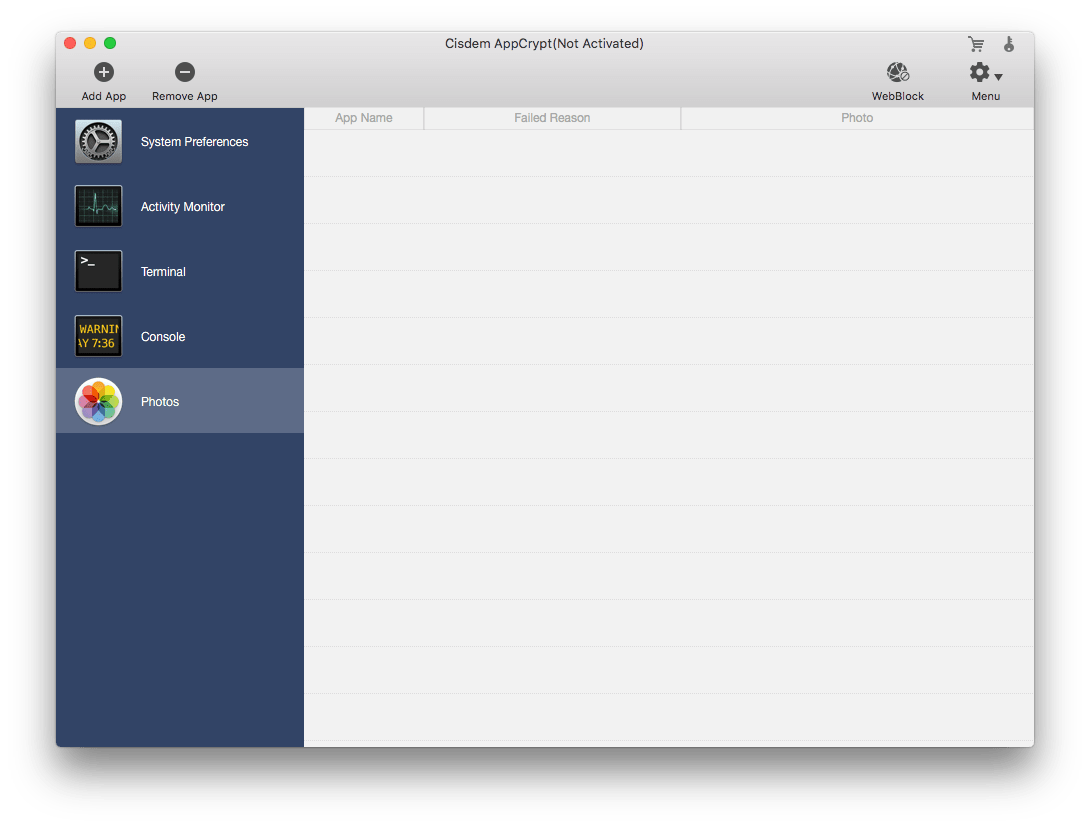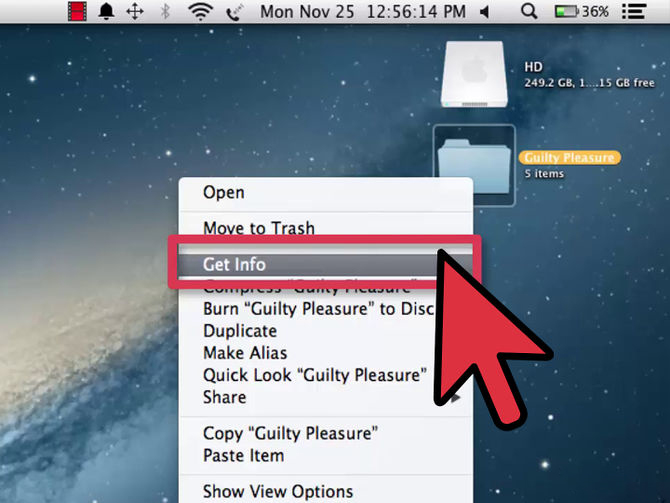고정 헤더 영역
상세 컨텐츠
본문
Removing passwords is similar to the other method. Hit 'Share' again, select 'Change Password,' input your 'Old Password,' then select 'Remove Password.' Notes for iWork for iCloud & iOS: If you want to create a password-protected document in the, hit the 'Tools' icon, then 'Settings,' then 'Set Password.' In either the, or app for iOS, simply hit the wrench icon and then 'Set Password.' Password-protection will work no matter what device you set it up on or are accessing it from.
Using Preview for PDFs Preview, Mac OS X's native image- and PDF-displaying app, also has a built-in feature for password-protecting PDF documents that contain important information. Note that this will not work on image files, only PDFs. Open a PDF in Preview. Select 'File' in the menu bar, then hold down on the Option key on your keyboard and select 'Save As.' Alternatively, you can use the keyboard shortcut Option Shift Command S. Again, this only works for PDFs. When you go to the 'Save As' dialog window for pictures, the option to encrypt will not show up.


Mac folder lock free download - File Lock for Mac, Folder Icon X, CuteFTP Mac Professional, and many more programs. Hide and lock your private folders and files on Mac. Free to try Publisher.
To remove password-protection, simply follow the steps above again, only uncheck the 'Encrypt' box, then delete the old password-protected file. Using 'Save as PDF' from TextEdit or Web Browsers If you want to quickly password-protect a file from TextEdit, Safari, Google Chrome, Firefox, etc., it's just as easy as using Preview, only you'll be utilizing the 'Save as PDF' feature in the Print options. From a webpage or document, simply:. Go to 'File' in the menu bar, then choose 'Print.' (Or just use the Command P keyboard shortcut.) In Google Chrome only, use Option Command P instead, or select 'Print using system dialog.' In the Chrome print options. Additionally, if you don't mind people seeing the PDF, but don't want them messing with it or printing, you can set passwords for either or both of those options as well.
To remove password-protection, use Preview (see section above). Using Microsoft Office for Word Documents There are password-protection features built right in to the and suite, which includes Excel, PowerPoint, and Word.
All of them have different ways of going about the process for some reason, so I'll breakdown each method. Let's start first with Word. Word for Mac 2011: The following method applies only to the 2011 version of Word for Mac. See the next method for how to do it in the 2016 version.
From the menu bar, go to 'Word' and click on 'Preferences.' . Go to the 'Security' section.
Additionally, you can set passwords for letting people modify the document, and you can protect tracked changes, comments, and forms by choosing 'Protect Document' in the Security window. To remove password-protection, simply follow the steps again and delete the password on the 'Security' window. Word for Mac 2016: Password-protecting documents and changes have both been combined into the 'Protect Document' option, so if you're trying out the 2016 version of Word, this is how you would do it. (It's way easier.). From the menu bar, go to 'Tools' and click on 'Protect Document.' . Enter a password into the open this document section.
(You can also choose a modify password, and document protection for changes from this menu). Click on 'OK.' Your PowerPoint file is now encrypted. Additionally, you can choose only to password-protect modifications in the presentation.
To remove password-protection, simply follow the first two steps again and uncheck the box for 'Encrypt this presentation and require a password to open.' Using Microsoft Office for Excel Spreadsheets Password-protecting files in Excel is very similar to PowerPoint, except that the windows are slightly different. It is also the same whether in Excel for Mac 2011 or Excel for Mac 2016. From the menu bar, go to 'File' and click on 'Passwords.'
Alternatively, you can choose 'Save As' from 'File' in the menu bar, then click on 'Options' to set passwords in Excel. Just like with Word and PowerPoint, you can choose to have a password for modifications. To remove password-protection, simply follow the steps again and delete the password on the 'File Passwords' window. Using Disk Utility for Folders If you want to password-protect other files in Mac OS X, like photos, videos, and music, you can dump them in a folder and use the native Disk Utility feature to create an encrypted disk image of the folder.
How To Lock Your Files For Free For Mac Download
(Tip: If you want to encrypt individual files without creating a folder first, see the next section.). Open up Disk Utility (either from Spotlight or the 'Utilities' folder in Applications). Go to 'File' - 'New' and click on 'Disk Image from Folder.'
(Alternatively, you can press Shift Command N on your keyboard as a shortcut.). Make sure to unmount the disk image when you're done using it, so that it can go back to being password-protected. And make sure to also delete the original folder, since Disk Utility does not automatically delete it after creating a disk image (see the next section for a way that will automatically delete it). Using Automator to Simplify the Disk Utility Process Instead of following all of the steps above using Disk Utility each time you want to create a password-protected folder, you can use an to simplify the process. To make things easier, we've made one for you! Not only is this method easier, but it offers two more benefits: you can encrypt single files without putting them in folders first, and your original file will disappear seconds after the.dmg is created.
Download our action onto your Mac. Unzip the file and place the Automator action wherever you want (I chose my desktop). When you're ready to encrypt a file or folder, simply drag it over and release over Encrypt Image; the 'New Disk Image' window will appear. Your file or folder is now encrypted just as in the previous section.
Unmount the disk image whenever you're done. Using Terminal to Compress & Encrypt Files & Folders If you're not used to using Terminal in Mac OS X, it's probably best to stick with one of the above options.
Otherwise, it's a fairly easy process that compresses a file or folder into a ZIP file, which will then be password-protected. The method is different for files vs.
How To Lock Your Files
Folders, however, so make sure you to see the appropriate instructions below. Password-Protecting a File: Note: For this section, we'll be encrypting a file called Tab.mp4, a video file, so simply replace that with whatever your file name is. Also, my file is on my desktop. If yours is elsewhere, change #2 to the appropriate directory; the ZIP will be created in the same directory.
Open up Terminal (either from Spotlight or the 'Utilities' folder in Applications). Type in cd Desktop and press the Enter key to focus Terminal on your desktop. (If your file is in another location, use that directory, or move it onto your desktop first.). Now enter the following command: zip -e Tab.zip Tab.mp4 (remember to swap out the file name/extension with yours, and the 'Tab.zip' part must be the same as the file name or it won't work).
After hitting Enter again, Terminal will ask you to enter and verify a password for the file. Password-Protecting a Folder: The process for encrypting a folder is slightly different. Using the instructions for files above, simply add a /. to end of #3. For example, if your folder name is Pictures, it would be zip -e Pictures.zip Pictures/. If your folder has one or more folders contained within, adjust it slightly to zip -er Pictures.zip Pictures/. instead.
More Ways to Password-Protect Files & Folders For everything else, there are several applications that you can use to easily protect your files, but the majority of them will cost you a bit. Other options include.: This app uses AES 256-bit encryption. All files/folders are hidden from Finder and Spotlight, and will appear in the normal places after being accessed via the app. You cannot share password-protected files using this app. It costs $19.99, but there is a available.: This is a that encrypts any type of file, but reviews state some issues with it, so you might want to with any questions before buying (it costs $3.99).: This app lets you drag and drop files into their app, which are protected with an AES-Twofish cascade encryption algorithm. (Price is $4.99.) Are there other Mac OS X applications out there that you prefer? Let us know in the comments below.
Also, make sure to connect with Gadget Hacks over on, and for more Mac tips.




